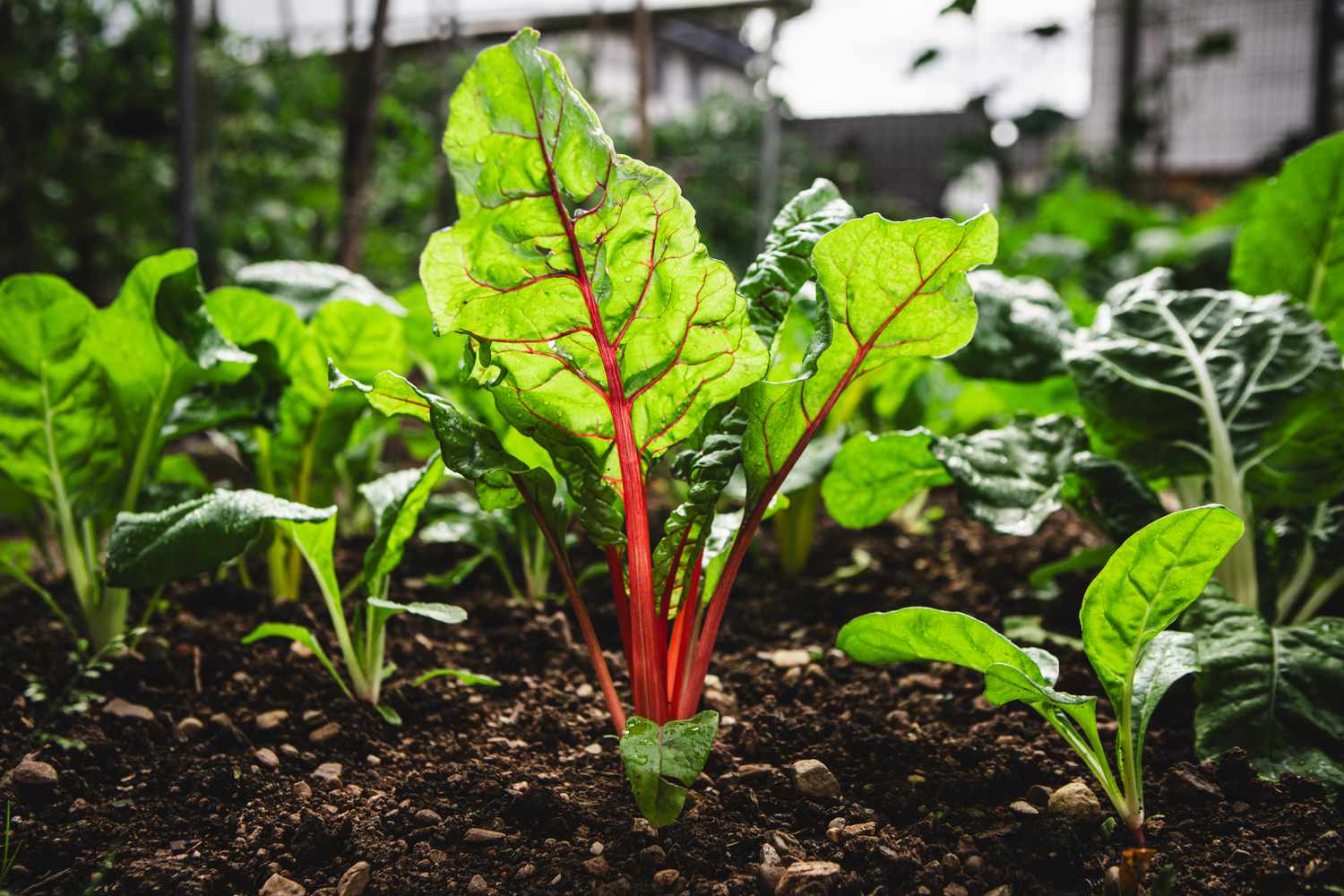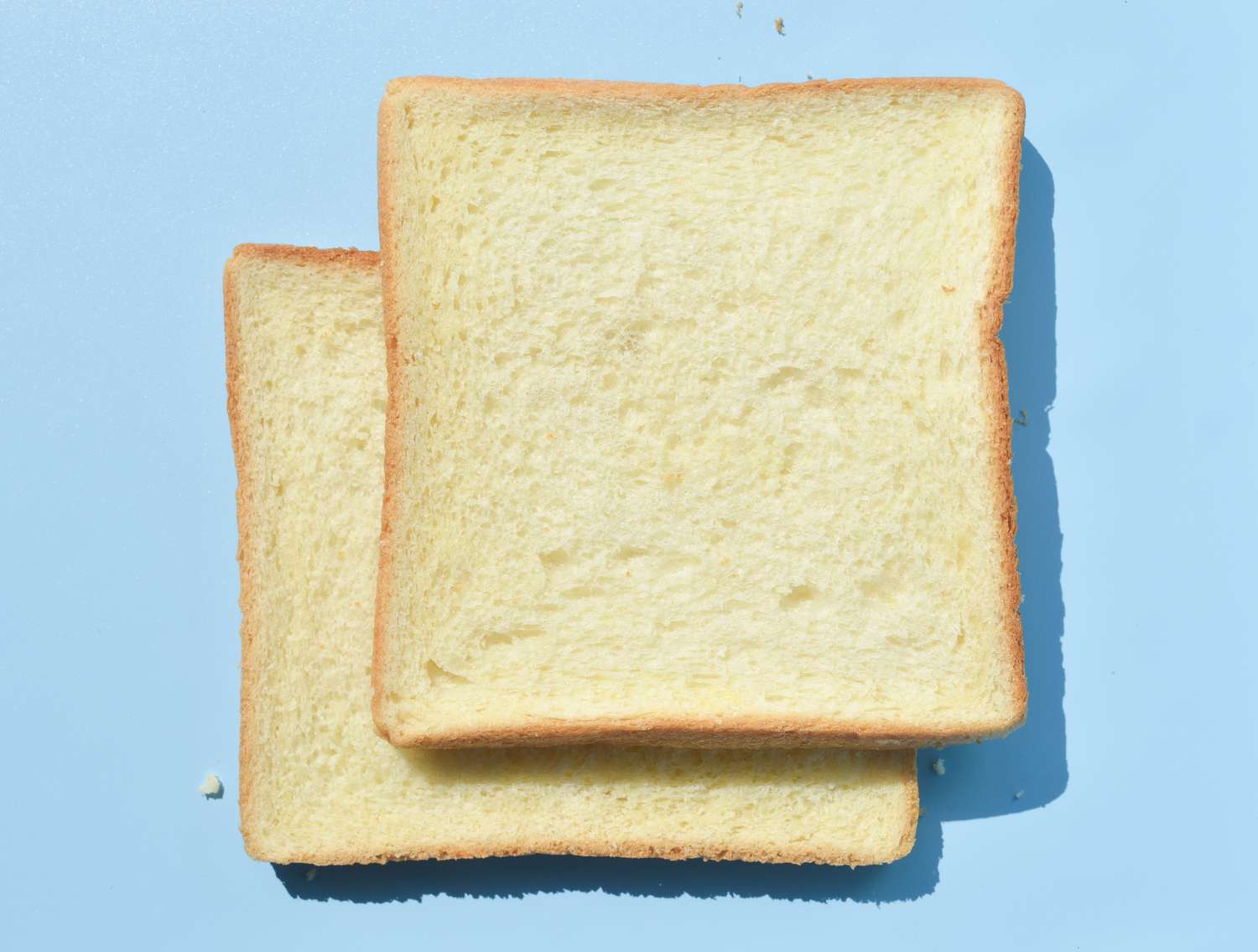
How to Eat Sunchokes, the Creamy Root Vegetable That’s In Season Now
We all have go-to vegetables we always purchase at the market, but there is a world of produce out there to explore. One delicious but quite mysterious vegetable is the sunchoke. If you’re now asking, “What is a sunchoke?” you’re not alone. This unassuming root vegetable is often mistaken for similar-looking roots such as ginger, but its flavor couldn’t be more different. We’re fans of the sunchoke, and we’re diving into all you need to know about them, including how to pick, prep, cook, and eat sunchokes in fun and exciting ways.
What Are Sunchokes?
Sunchokes are a versatile and fiber-rich root tuber in the sunflower family. Sometimes they are labeled as Jerusalem artichokes, but that is misleading because the sunchoke is neither an artichoke nor did it originate in Jerusalem. It is said that the name suchoke originated from the Italian word “girasole, meaning “sunflower,” and that the pronunciation eroded over time.
Appearance
It’s easy to confuse sunchokes with a knobby piece of fresh ginger. They have a rough and bumpy brown skin, but the inside is pale white and crisp—similar to the inside of jicama.
Flavor
The flavor of sunchokes is “wonderfully earthy and creamy,” says Emilie Symons, chef-instructor of plant-based culinary arts at the Institute of Culinary Education. It’s akin to other root vegetables such as parsnips and celery root, but she says sunchokes are milder. Their subtle sweetness and nuttiness shine through even more strongly when cooked—and they take well to a variety of cooking techniques.
Texture
“Their texture really depends on how you cook them,” says Symons. In terms of texture, you can think about them like potatoes. When roasted or pan-fried, the outsides become crispy while the interiors remain soft and creamy. But when steamed or boiled, the texture is the same all of the way through, making them perfect for mashing or puréeing.
How to Select and Store Sunchokes
The peak season for sunchokes is from late fall to early spring. When choosing sunchokes at the market, look for ones that are firm and clean without too many bumps. Any with green spots or withering should be avoided, says Symons.
Storing
Like other root tubers, sunchokes are resilient. This means that they can be stored for several weeks in the crisper drawer (or even in a very cool, dark place in some instances). They are often overwintered, that is left in the ground during the winter months to extend their lifespan.
How to Eat Sunchokes
Symons says that no matter how they are prepared, sunchokes are a fairly neutral vegetable. They make a great side dish for any entrée, from a sophisticated steak or simple roast chicken to a hearty grain salad or plant-based tofu dish.
How to Prep Sunchokes
Before cooking, sunchokes need to be prepped. From there, they can be used for an array of delicious recipes. Enjoy them on their own or swap them in recipes for other starchy, fibrous vegetables such as potatoes, carrots, parsnips, and celery root.
- Scrub well: Under cool running water, use a vegetable scrubbing brush to remove any dirt and grit from the nooks and crannies of the sunchokes.
- Peel (optional): Whether or not you peel the sunchokes will depend on how they are being cooked. For roasting the skin can be left on, just like with potatoes it adds a nice texture. However, if you plan to turn them into a creamy mash or purée, peeling is recommended.
- Cut: Sunchokes can be chopped, diced, thinly sliced, or cut into small wedges. However you choose to cut them up for a recipe, make sure they are a uniform size so they cook evenly.
Roast
The simplest way to prepare sunchokes is to roast them like potatoes. Chop them into uniform pieces, then toss with a generous glug of olive oil and whatever seasonings you prefer. They pair well with woody herbs like rosemary and thyme for roasting, says Symons. Sunchokes take about the same time to cook as roasted potatoes, too. They will get crispy on the outside and remain slightly creamy on the inside.
How to Eat Roasted Sunchokes
- Drizzled with a spicy paprika sauce like patatas bravas
- Serve alongside a bowl of creamy aioli for dipping
- Roast them underneath a chicken to catch the drippings
How to Roast Sunchokes
- Preheat the oven: Heat the oven to 400°F. This promotes the best crispy outside-to-creamy inside ratio.
- Season the sunchokes: Chop or thinly slice the sunchokes and toss them with a drizzle of olive oil and season with salt, pepper, and any herbs and spices you enjoy. Arrange the pieces in an even layer on a rimmed baking sheet.
- Cook: Roast the sunchokes until tender and browned in places, 20 to 25 minutes. Stir halfway through cooking to ensure even cooking.
Simmer
If you peel and simmer sunchokes in milk, water, or a combination of both, you can turn them into a silky smooth purée says Symons.
How to Eat Simmered Sunchokes
- Add them to vegetarian or vegan soups as Symons does. She says they add a hearty element.
- After simmering, turn the sunchokes into a purée and top it with meaty pan-seared maitake or lion’s mane mushrooms.
For a chunkier mash, use a potato masher (and toss in a few roasted garlic cloves). For a smooth purée, utilize a blender or food processor.
How to Simmer Sunchokes
- Sauté: Giving the sunchokes a quick sauté in some butter or olive oil to start the cooking process. Once they have a little give when pierced with a fork, move on to the next step.
- Add the liquid: Add milk, water, stock, or a combination. Use enough liquid to cover the sunchokes fully. Bring the mixture to a simmer over medium heat.
- Cook: Simmer until they are tender and nearly falling apart. Depending on the size of the pieces, this will take around 30 minutes.
If simmering sunchokes with milk or another dairy product, consider adding it in the last 10 to 15 minutes of cooking to prevent curdling.
Steam
Steamed sunchokes can be used much the same way as simmered ones and the flavor will be similar. It really comes down to which technique you prefer.
How to Steam Sunchokes
- Bring the water to a simmer: Choose a wide, shallow pan and place a steamer basket inside. Add at least 1 inch of water to the pan and bring to a gentle simmer.
- Salt the water: Add one or two generous pinches of salt to the water.
- Cook: Spread the sunchokes around the steamer basket in an even layer and cover the pan with a tight-fitting lid. Allow to steam just until tender, 10 to 15 minutes depending on how large the pieces are.
Pan-Fry
To get sunchokes ultra crispy on the outside, pan-frying is the way to go. It gives the vegetable more surface area to crisp up and turn a lovely golden brown color. The best way to do this is to simmer or steam them first, then fry them in a liberal amount of oil.
How to Eat Pan-Fried Sunchokes
- Pan-fried sunchokes just need a simple drizzle of lemon juice to finish them
- We also love to give them the loaded potato skin treatment by adding melty cheese, chopped scallions, pickled jalapeños, and a dollop of sour cream.
How to Pan-Fry Sunchokes
- Steam or simmer: Cut the sunchokes into pieces about the size of baby potatoes, then follow the instructions for steaming or simmering sunchokes, cooking them only until they are mostly tender.
- Smash: Once tender, transfer the sunchoke pieces to a cutting board and use the bottom of a glass or dry measuring cup to smash them to a ½-inch thickness.
- Fry: Heat ¼-to-½-inch of cooking oil in a heavy-bottomed pan until shimmering. Add the smashed sunchokes, being sure not to overcrowd the pan. Cook, flipping once, until golden brown and tender all the way through.
When pan-frying any food, season with a pinch of salt as soon as it comes out of the pan. This allows the seasoning to be absorbed better.










